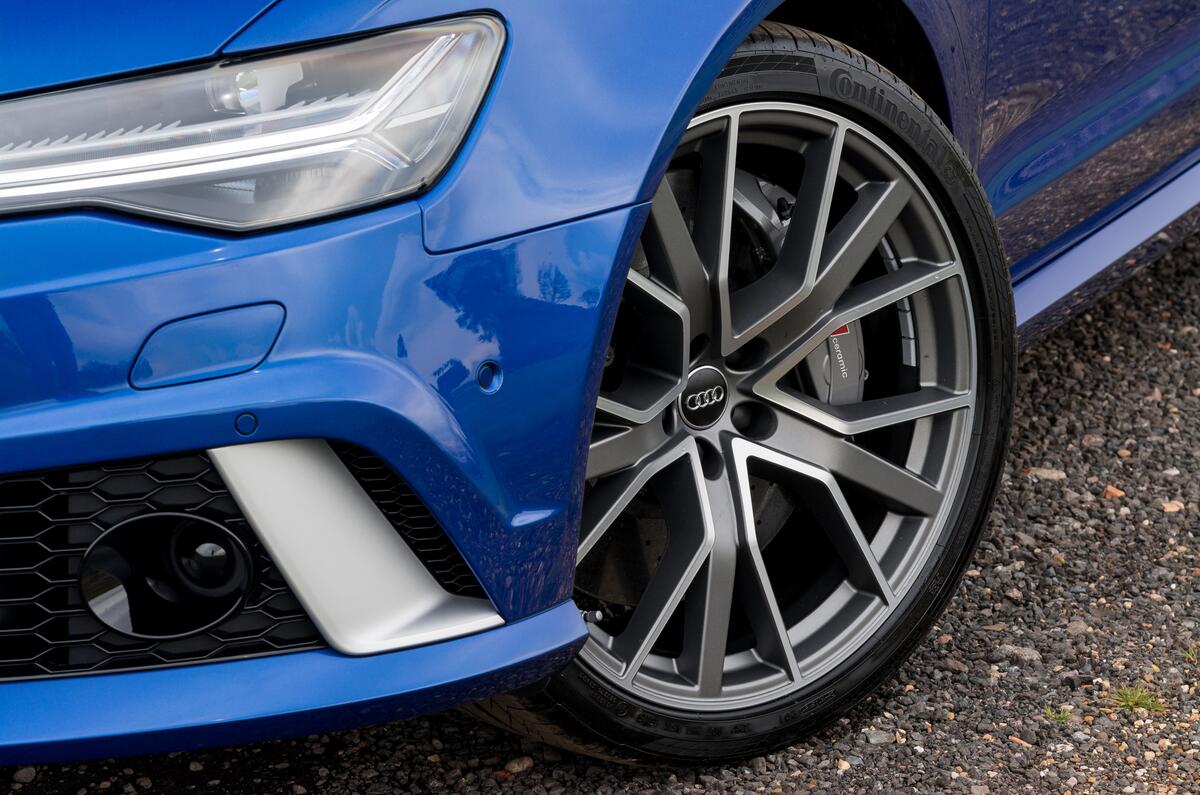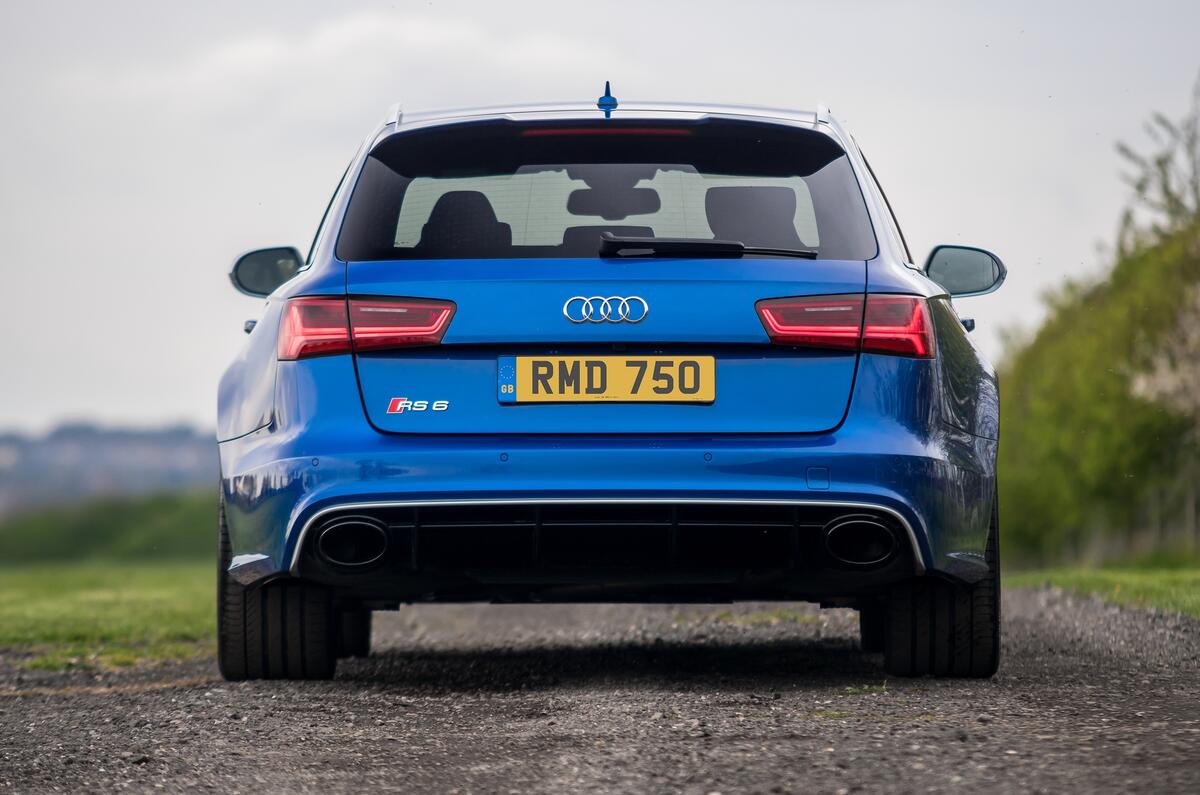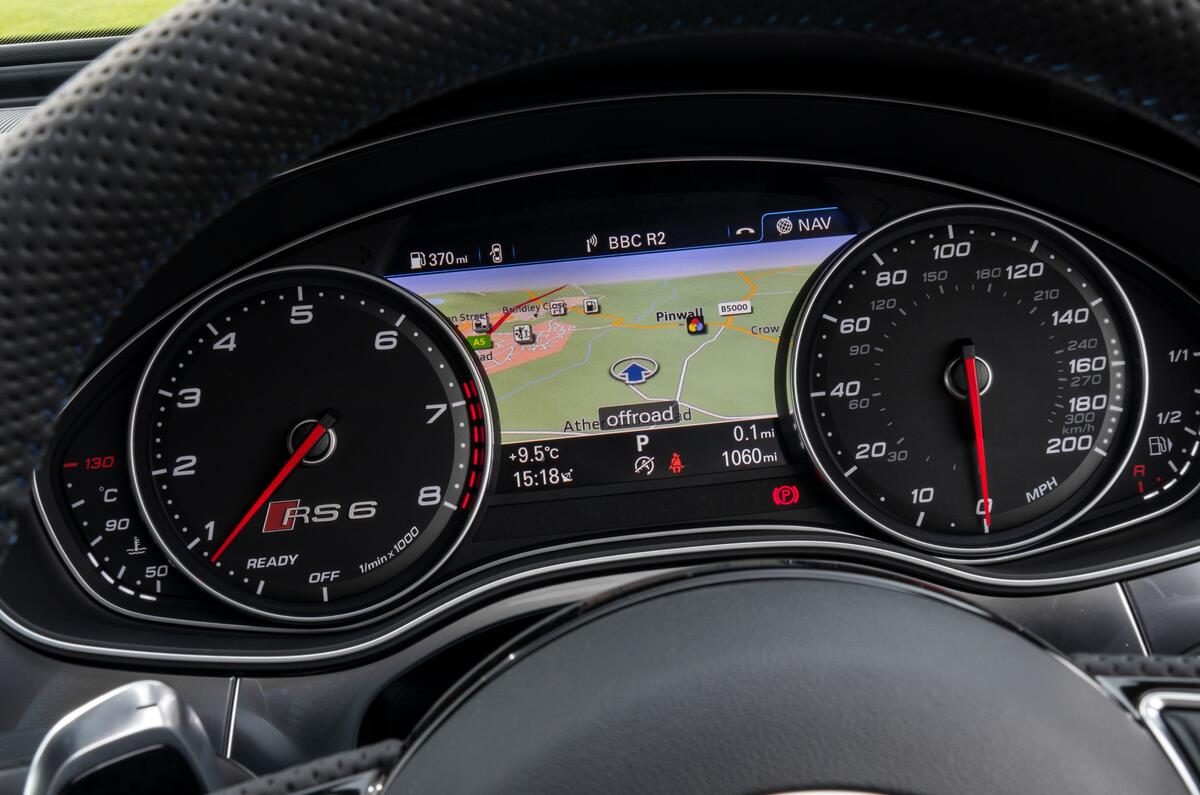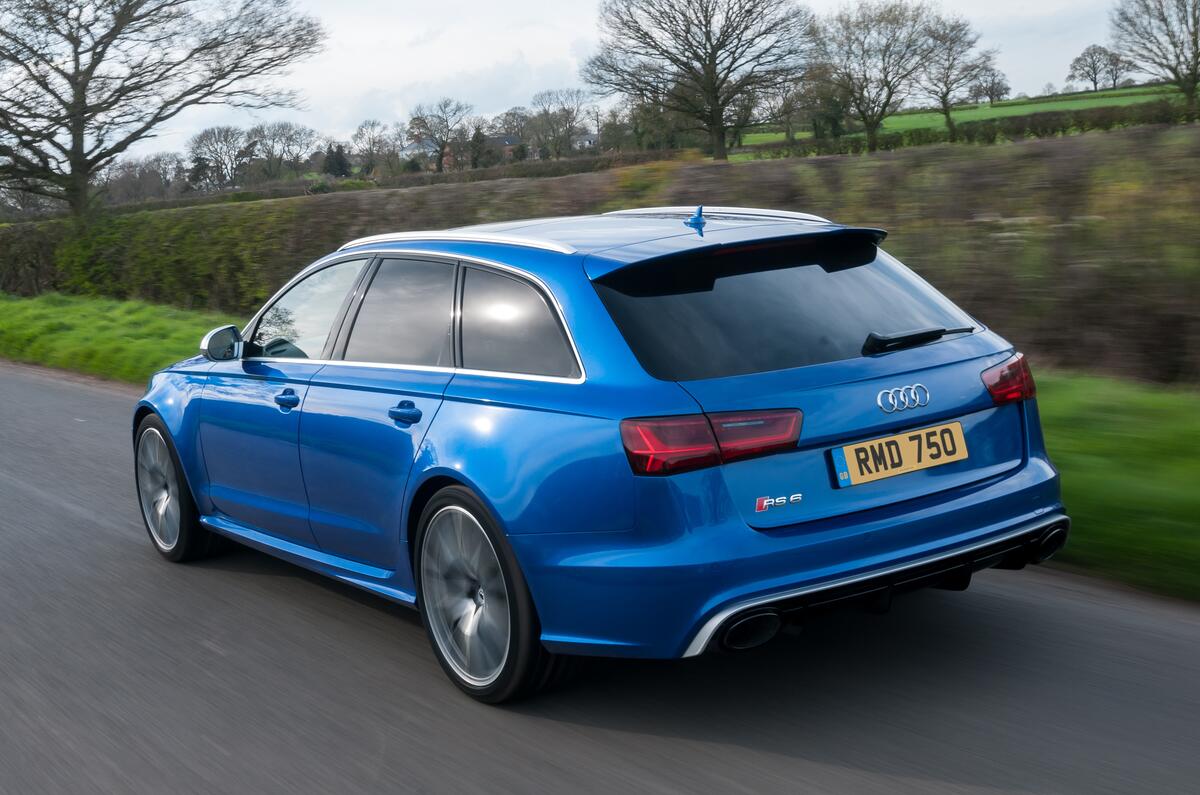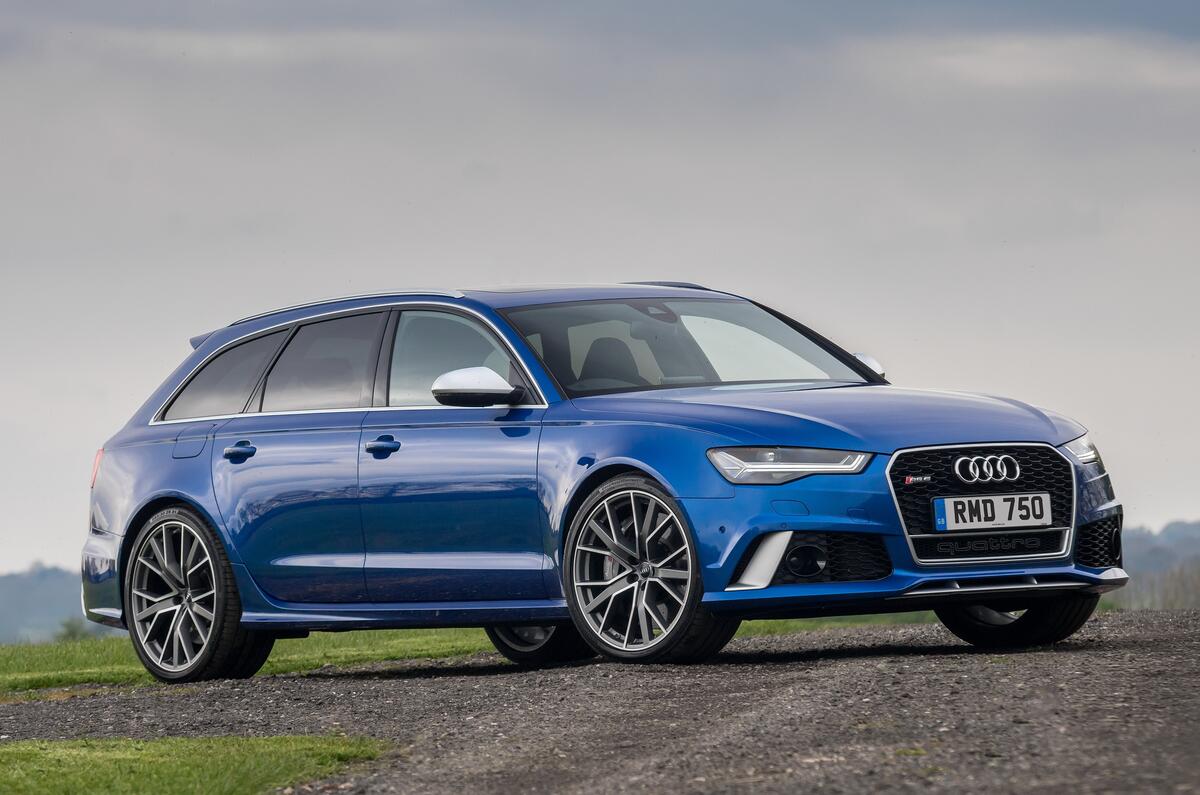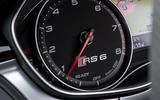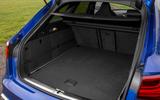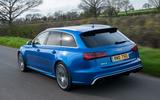Ah, an Audi RS6. By definition a car interesting enough to set the Autocar-to-Mira test track hotline ringing, but not the unknown quantity it once was. RS Audis have become more consistent of late; have found their own character.
No more the unexpected extremes of brilliance in the 2007 RS4, but neither the shocking brittleness of the 2004 RS6 Plus.
Instead, the silver-mirrored performance benchmarks have adopted a more coherent theme: fast, undoubtedly, and with a minor reduction in their feeling of heft in the nose, while without ever seriously challenging for class honours in the markets in which they compete.
Until now? We’ll see. The hottest variant of Audi’s executive saloon arrives in the UK in Avant form only, about which we have no qualms at all because, ever since Volvo launched the 850 T5 wagon, quick estates have given us quite the giggle.
But Audi hasn’t been alone in enjoying fast big estates – you can’t get a BMW M5 Touring, but every one of Audi’s other major rivals offers a car in this class. And some of them are very good.
Audi’s first flirtations with fast estates cropped up in the earily 1990s (the ’93-’96 RS2), but the first RS6 appeared in 2002. Powered by a twin-turbo 4.2 V8, it was fast in a straight line but not especially loveable. Neither, to be fair, was the replacement that appeared, after an RS6 absense of three years, the 2008-released sporting variant of the big wagon.





